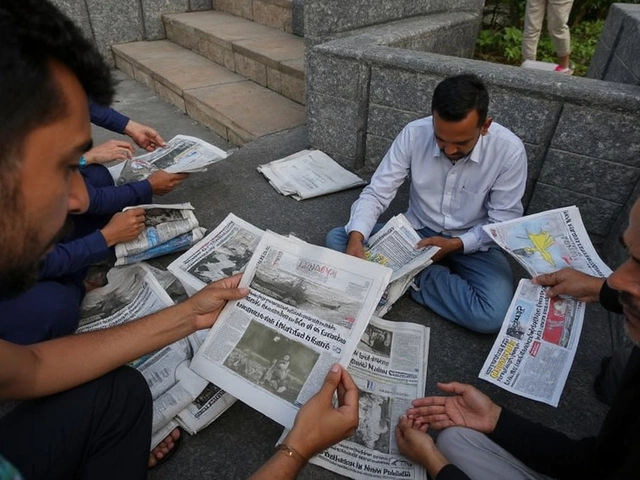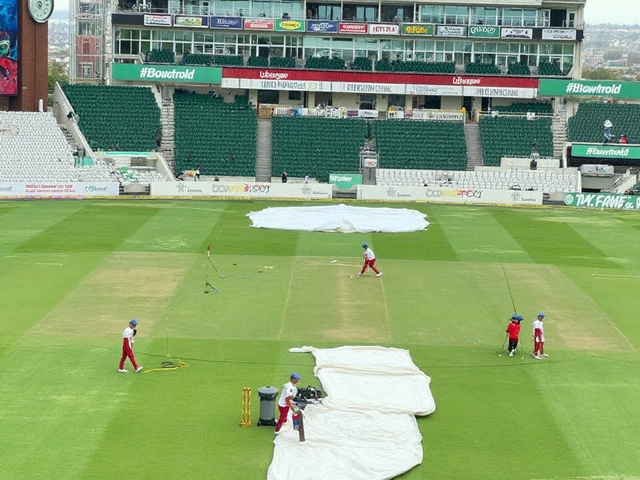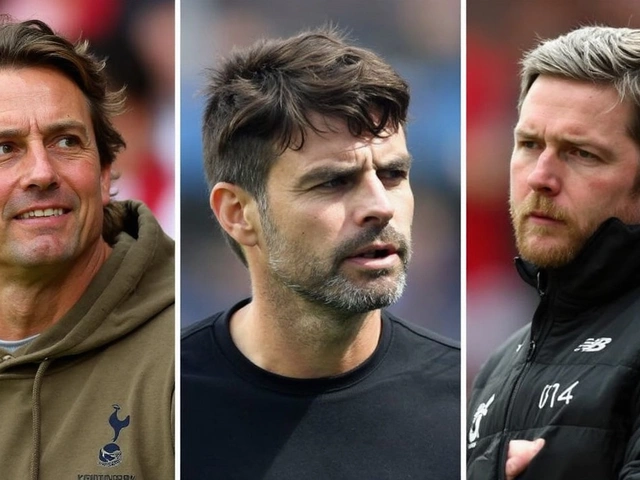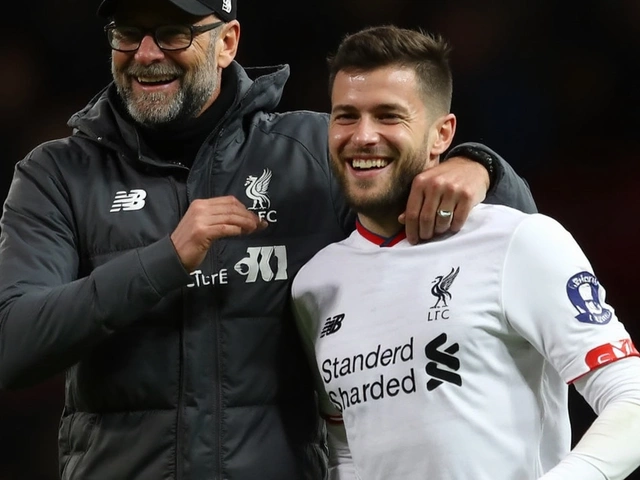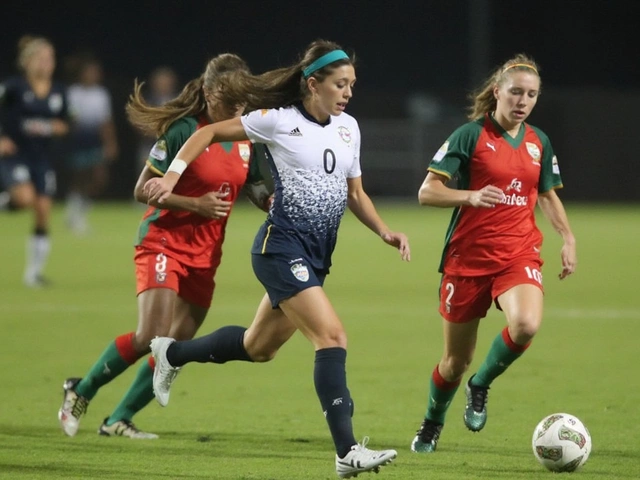A fierce bet on theaters — and a Valentine’s weekend built for passion
Warner Bros. is taking a big swing on classic romance: Emerald Fennell’s take on Wuthering Heights will open in theaters across February 13–14, 2026, a Valentine’s weekend built for grand gestures and messy love. The move follows a rare bidding war where Netflix put $150 million on the table but still lost out to Warner Bros., which clinched distribution for $80 million by promising a full theatrical rollout and a serious marketing push. For a literary adaptation, that’s a statement. The studio isn’t just buying a film—it’s backing an event.
At the center are two headline names: Margot Robbie as Catherine Earnshaw and Jacob Elordi as Heathcliff. It’s a pairing that blends box office magnetism with brooding star power. Robbie, fresh off the pop-culture flood of Barbie, steps into one of English literature’s most complicated heroines—the woman who says yes to status and no to her own heart. Elordi goes for the role that actors love and audiences argue about, the orphan with volcanic rage who grows into a man fueled by love and revenge.
The release date is pointed. Brontë’s story isn’t a box of chocolates—this is doom-laced desire, class anxiety, jealousy, and cruelty. Slotting it on Valentine’s weekend is a bit cheeky and very savvy. It nods to the romance crowd while telling everyone else this won’t be soft-focus period wallpaper. Expect sweeping moors, yes, but also sharp edges.
This is Fennell’s third feature after Promising Young Woman and Saltburn, two films that flirt with genre and then undercut it. Both were divisive by design. She writes and directs here, adapting Brontë’s 1847 novel in her own voice. That’s the draw. You don’t hire Fennell to play it safe—you hire her to dig into obsession, power, and the damage people do when they convince themselves it’s love.
The collaboration also extends a relationship that already paid off in neon pink: Warner Bros. teamed with Robbie’s LuckyChap Entertainment on Barbie, one of the decade’s biggest cultural juggernauts. The promise this time is different. No IP meta-banter, no irony. A prestige Gothic romance with a studio campaign built to match.
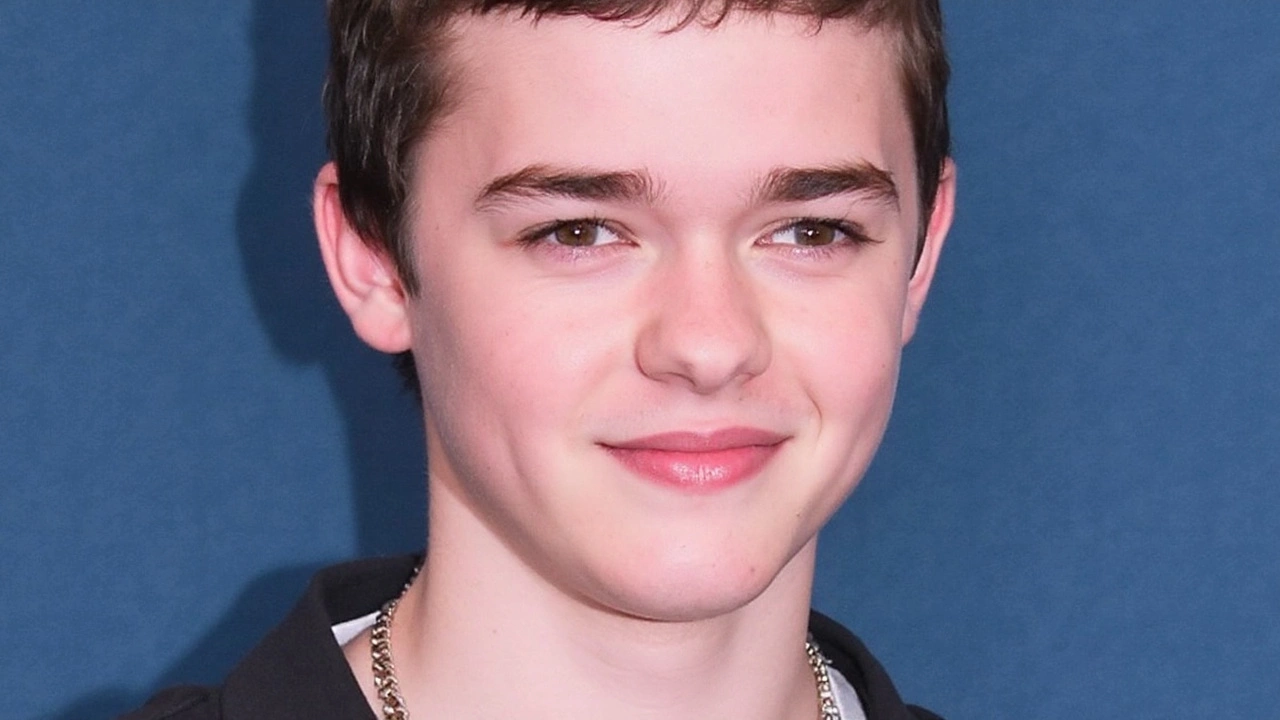
The cast, the shoot, and the debate already swirling around Heathcliff
Alongside Robbie and Elordi, the ensemble includes Hong Chau as Nelly Dean, Shazad Latif as Edgar Linton, Alison Oliver as Isabella Linton, Martin Clunes, and Ewan Mitchell. Young Catherine, Heathcliff, and Hareton will be played by newcomers Charlotte Mellington, Owen Cooper, and Vy Nguyen, introducing a fresh trio at the heart of the childhood bond that curdles into adult heartbreak. It’s a stacked group with different energies: Chau brings watchful intelligence, Latif a quietly bruised dignity, Oliver a live wire intensity, Mitchell a glint of danger.
Production ran from late January to early April 2025, and the team didn’t fake the moors on a green screen. They went to the Yorkshire Dales—Arkengarthdale and Swaledale, the village of Low Row, and stretches of the Yorkshire Dales National Park—where the weather writes itself into the frame. That landscape matters. Wuthering Heights isn’t just set somewhere; the place is a character. The wind, the rock, the sky pressing low—those forces shape the story’s mood and the characters’ choices.
The interiors and controlled builds were handled at Sky Studios Elstree, giving the production a home base after braving the hills. Linus Sandgren, the Oscar-winning cinematographer behind La La Land and No Time to Die, shot the film. He has a gift for bold, romantic images that still feel tactile. Think long horizons, faces caught in storm light, candlelit rooms with secrets in the corners. If you want grandeur without losing the human scale, he’s your person.
Jacob Elordi has already called the film “an incredible romance” and “a true epic,” praising the look, the script, and the costumes in an April 2025 interview. That’s early enthusiasm, sure, but he also revealed he took the role without audition after Fennell offered it directly—enough to pause a planned break from acting. Faith in a director counts, and actors don’t put their time on hold unless they believe they’ll be pushed somewhere new.
The story itself remains blunt: Catherine, split between the man who steadies her world and the man who sets it on fire; Heathcliff, who turns rejection into a life mission; a second generation trapped in the fallout. Brontë wrote a cycle of love and punishment that feels modern in its cruelty. It’s not about finding the right partner. It’s about what happens when people refuse to accept loss and try to remake the world in their pain.
That brings us to the debate that arrives with every new adaptation: who gets to be Heathcliff? Brontë describes him as dark-skinned and hard to place, an outsider marked by race and class. Casting has swung widely over the last century. The 1939 film with Laurence Olivier leaned traditional. Andrea Arnold’s 2011 version cast a Black actor, James Howson, and made Heathcliff’s otherness impossible to ignore. Fennell’s pick of Elordi, a white actor, has already stirred pushback from readers who wanted the film to reflect Brontë more literally. Others argue that Heathcliff’s foreignness in a shut-in rural world also rests in status, poverty, and the violence of adoption without belonging.
Fennell hasn’t laid out her argument publicly, but the choice is deliberate—she offered Elordi the role outright. That tells you she saw something in him beyond height and cheekbones. He tends to play desire with a hint of threat. If the film leans into the power imbalance between Catherine’s social rise and Heathcliff’s rage against it, the tension will live or die on his ability to be both wounded and frightening.
On the business side, the Warner Bros. deal matters for more than bragging rights. Theatrical-first releases give films like this room to breathe—trailers that set tone, outdoor and awards-season positioning, and the slow-burn word of mouth that period dramas need. Netflix wrote a big check because these stories perform well in living rooms, especially globally. But Fennell and Robbie wanted the dark-room hush of an audience. The studio promised a marketing campaign built to find not just English-lit alumni, but anyone who wants scale and feeling.
Here’s what we know about the production spine so far:
- Written and directed by Emerald Fennell, adapting Emily Brontë’s 1847 novel.
- Produced by Fennell alongside Margot Robbie and Josey McNamara.
- Executive producers: Sara Desmond and Tom Ackerley.
- Companies: Lie Still, LuckyChap Entertainment, and MRC Film.
- Shot on location across the Yorkshire Dales with studio work at Sky Studios Elstree.
- Director of photography: Linus Sandgren.
- Targeted theatrical release: February 13–14, 2026.
Will the film soften the novel’s bleakness? Don’t bet on it. Fennell tends to strip the varnish off pretty surfaces. If anything, expect the romance to sting. The costumes, the candlelight, the rolling hills—they’ll invite you in, but the story will take what it wants. That’s the uncomfortable power of Wuthering Heights: it refuses a happy fix. It shows desire as a force that builds nothing unless people choose to break its cycle.
Of course, release timing can reshape a movie’s fate. Valentine’s weekend brings couples and skeptics, and both can work here. For audiences who only know the book’s reputation, this might be the first time they watch Catherine and Heathcliff hurt each other in real time, then watch their choices echo into the next generation. For readers who carry the text like a bruise, the question will be whether Fennell keeps the thorn.
It also lands in a market that now rewards bold swings. Period epics have returned to big screens, and when they feel alive—radiant casts, muscular visuals, a director with a point of view—they travel. The moors translate. Jealousy translates. The anger of being shut out translates. A well-cut trailer with wind, mud, and a look between two people can do more than a monologue ever will.
If the production follows the studio’s typical playbook, expect a long fuse: first-look images from the Dales to set mood, then a teaser that sells chemistry and menace, then a full trailer that leans into scale. Awards conversation might wait, given the February date, but prestige doesn’t live only in November. Some films build their case over months of repeat viewings and late-arriving critics’ lists.
What’s left is the simplest, hardest thing: does the film feel true to the book’s spirit even if it makes its own choices? That’s the test for any adaptation. Casting debates will keep going, and they should. This story has always been a mirror for the moment making it. Fennell’s version will end up being judged on the heat it creates between Catherine and Heathcliff, and on how it makes the moors feel like the only place this could happen.
For now, there’s a field, a storm, two people who never quite choose each other, and a studio willing to spend real money to put that on a big screen. That’s a confident bet. On Valentine’s weekend, it might also be the most honest one.

